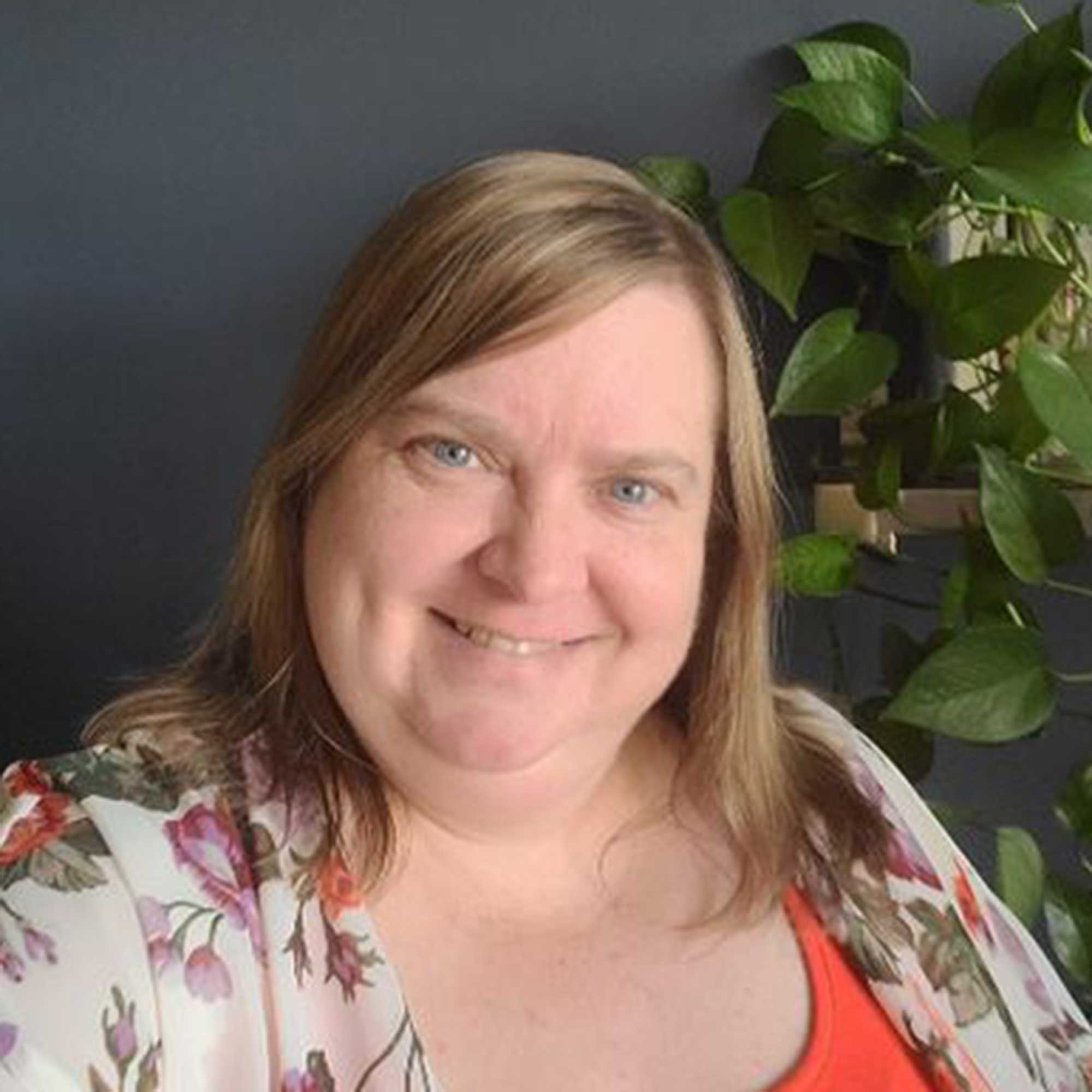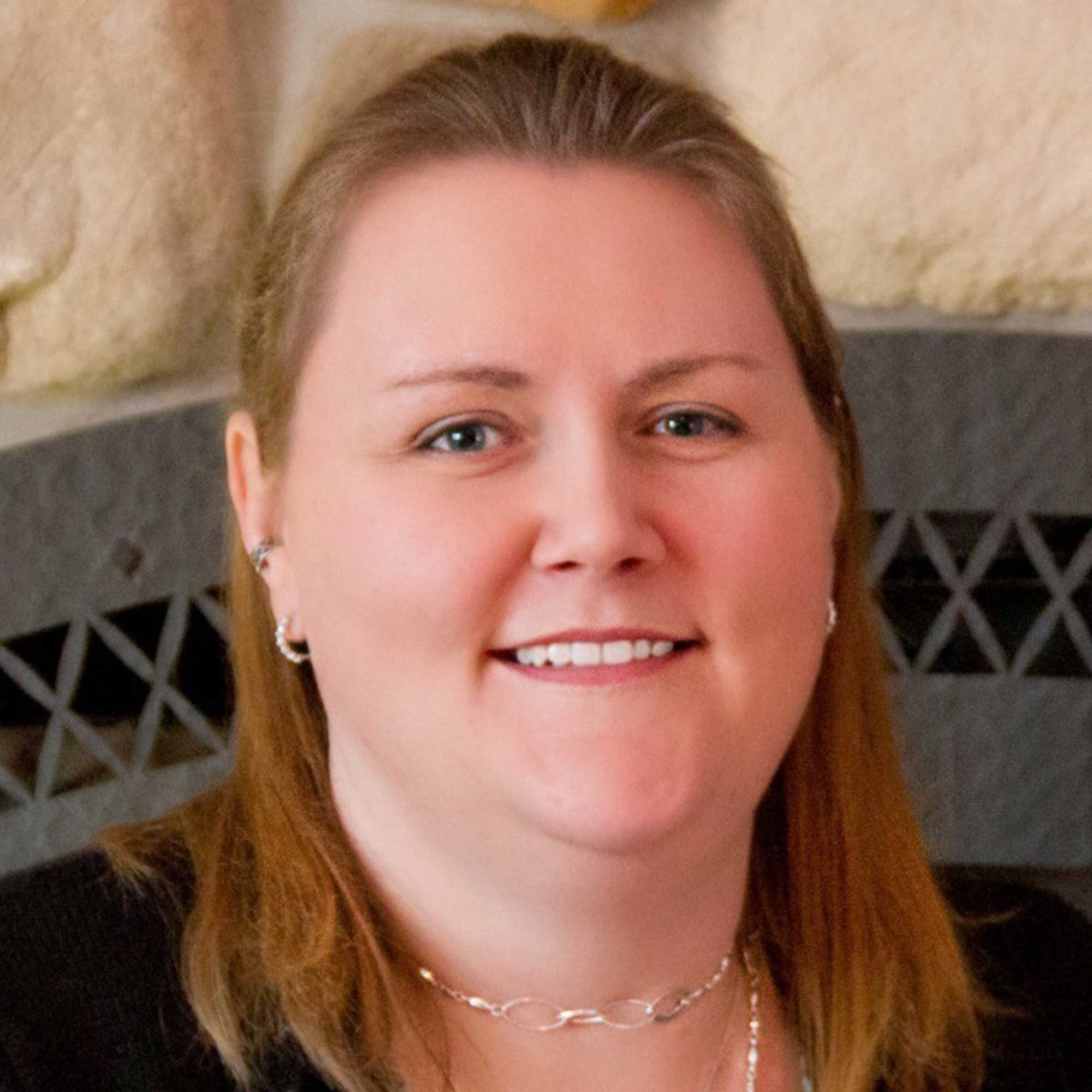Bulb planting mistakes – 8 errors to steer clear of when prepping your spring garden display
Avoid these common errors when growing tulips, daffodils, and other springtime favorites – from overwatering to wrong planting depths


The start of fall is the time to plan and prep spring flowering bulbs, despite spring seeming a long way away. Choosing varieties to plant can help lift the spirits as summer fades; there are so many options to pick from, all full of promise for post-winter cheer.
Whether planting bulbs in patio containers, growing them in garden borders, or scattering them through a lawn, it’s essential to avoid a few common mistakes that are all too easy to make. After all, a lackluster display can feel disheartening, especially when you’ve prepared it so far in advance.
Below, you’ll find plenty of expert advice on what not to do when planting daffodils, tulips, and other early-flowering favorites. Keep these tips in mind and you’ll increase your chances of your best springtime show yet.

Bulbs brighten the garden in spring
8 common mistakes to avoid when planting spring bulbs this fall
Whichever spring bulb varieties you’re planting this season, you won’t want to make these mistakes.
1. Planting at the wrong depth

Check the recommended planting depths for your chosen varieties
Planting bulbs too deeply can cause them to rot or suffocate before shoots can emerge, warns gardening expert Katie Sunderlage of Holland Group.
On the other hand, planting too shallowly means they are more exposed to potentially damaging temperature fluctuations, and it can also attract pests. What's more, it can cause daffodil blindness, which is when they produce leaves but no flowers.
‘Not all bulbs should be planted at the same depth,’ Katie says. Specific recommendations can often be found on the product packaging, or on retailer websites. ‘Larger bulbs such as daffodils and tulips generally need to be planted deeper, at six to eight inches, while smaller bulbs such as crocuses can be planted at a one- to two-inch depth.’
Katie recommends using a bulb planter with depth markers on the side to help plant them correctly. This bulb planter from Amazon is a well-rated pick.
Top tip: ‘If the exact planting depth is unknown, you can use the general rule to plant two to three times the vertical diameter of the bulbs being planted,’ Katie adds.

Operations manager at Holland Group, managing the customer service department and purchasing, Katie Sunderlage has been in the green industry since 2005 in the Greater Milwaukee area, earning her degree in horticulture in 2008. She has been able to share her love for plants by working in multiple garden centers, in sales positions, and most recently in an online retail platform at Holland Group.
2. Growing in the wrong type of soil

Soil quality can impact your bulbs' growth
The type of soil is important for successful bulb growing. Katie notes how heavy clay soil can cause them to rot and prevent root growth. Sandy or rocky soil isn’t ideal either, she adds – it can leach water through too quickly and is typically depleted of essential nutrients.
The good news is that poor soils can be improved with a few amendments. Katie recommends adding organic matter, such as homemade compost or shredded leaves, to heavier soils to increase drainage and aeration. ‘You can also purchase gypsum or horticultural lime at many garden centers to help loosen the structure of the soil,' she adds. Organic garden lime is available from Down to Earth at Amazon.
‘If the soil is sandy, adding organic matter can also help maintain a more solid soil structure,’ she continues. Mulching can add nutrients, too.
3. Planting too late or too early

Tulips can be planted slightly later than other spring bulbs
Knowing when to plant bulbs is also essential when preparing your display.
While it may be tempting to plant all your spring bulbs as early as possible, Amy Enfield of ScottsMiracle-Gro warns against it. Firstly, it can make them more prone to rot, she says. And secondly, it can cause them to sprout prematurely, and even bloom before they are supposed to, putting them at risk of damage from cold weather. It may mean you need to protect your tulip flowers from frost, for instance.
Planting bulbs too late can also be problematic, as it doesn’t allow enough time for roots to form, she adds. ‘It can also mean they don’t receive enough cold exposure, leading to smaller or no flowers.'
Top tip: Tulips can be planted later than most bulbs to lessen the risk of tulip fire, a fungal disease.

Amy has over 25 years of experience in the lawn and garden industry and has been with ScottsMiracle-Gro for 12 years. She has a BS and MS in Horticulture from Michigan State University and a PhD in Plant & Environmental Sciences from Clemson University. She specializes in live goods research with focus areas in consumers performance, lighting, and e-commerce shippability.
4. Watering too little – or too much

Watering bulbs too often can cause more harm than good
Just like when sowing seeds, newly planted bulbs need moisture. ‘Without enough water, they may not root properly, leading to poor growth,’ warns Amy.
However, when it comes to watering plants, it can be detrimental to overdo it. Bulbs are particularly vulnerable to rotting if they’re sat in sodden soil, so take care not to kill them with kindness.
Amy recommends watering them thoroughly after planting. The soil should then be kept moist by watering when necessary. ‘For spring-flowering bulbs, this means monitoring soil moisture until the ground freezes,’ Amy adds. ‘If you have ample fall rains, additional waterings after planting may not be needed.’
Top tip: Anna Ohler, owner of Bright Lane Garden nursery, says, ‘If you live in an area with wet, heavy snowfall during the winter months, make sure you're planting your bulbs in a sunny area to help dry the soil out once the snow starts to melt in spring.’

Anna is an avid plant hobbyist and the owner and operator of Bright Lane Gardens, a boutique plant nursery in Northern Michigan. With over a decade of experience in gardening and landscaping, she takes every opportunity to share her knowledge on all things plant-related. She also runs the company's YouTube channel, which is full of practical advice.
5. Picking a location with too much shade

Most bulbs will flower best in a sunny spot
According to Amy, most plants that grow from bulbs prefer full sun, which means a planting spot with at least six hours of direct sun per day. If they are planted in shaded areas, they may not bloom well or at all, she warns. So, remember to check the sunlight requirements for each type of bulb and choose the planting location accordingly.
If you have a shady garden, you don't need to miss out, however. Snowdrops and crocuses can still perform well with a little less sunshine.
6. Planting poor-quality bulbs

Choose large, firm bulbs for planting
Be wary of planting small bulbs, even if they cost less. ‘You may be sacrificing “flower power” and plant health, resulting in a lackluster bloom or even no bloom at all,’ Amy says.
‘Always go for the biggest bulb possible,’ she advises. ‘Bigger bulbs have more stored energy which means bigger, healthier plants and a bigger flower show.’
Check your bulbs to ensure they’re plump and firm, too, rather than soft and squishy. The latter can be a sign of mold or rot. Storing tulips and other bulbs somewhere dry and well-ventilated before you plant them will help keep them healthy.
7. Planting too closely together

Follow spacing requirements when planting bulbs in borders
As well as planting depth, the spacing between bulbs is worth paying attention to, especially if you’re planting them into the ground and want them to re-flower year after year.
Bulbs planted too close together can lead to overcrowding, which may result in increased competition for nutrients and smaller blooms, says Amy. ‘Larger bulbs like tulips, daffodils, and hyacinths should be spaced about six inches apart, while smaller bulbs like snowdrops and crocuses can be spaced two to three inches apart.' Again, you can check the packaging or retailer website for specific spacing guidelines for your chosen varieties.
Bulbs in pots, which are usually treated as annuals, can be planted together slightly closer than those in the ground – but not so much that they touch one another.
8. Forgetting to plant for successional color

Plant a range of bulbs for blooms all through the season
Rather than sticking to just one or two types of spring bulbs, it’s worth planting varieties that flower at different times. This will stretch out the show, rewarding you with vibrant color for longer.
The earliest spring bloomers are usually snowdrops and crocuses. These are followed by daffodils, hyacinths, and tulips, with earlier and later types available. Varieties of alliums, a favorite plant for pollinators, tend to bloom in late spring and early summer.
If planting in pots, consider putting together a bulb lasagna, by planting earlier bulbs at the top and later flowering ones towards the bottom.
FAQs
What happens if you plant bulbs the wrong way up?
Ideally, bulbs should be planted with the pointy side facing upward. However, if you plant them on their side or upside down accidentally, don't panic – they should still grow.
How can you improve drainage when planting spring bulbs in containers?
If you are planting bulbs in pots, there are a few things you can do to ensure the soil doesn't become waterlogged, which can damage them.
The first step is to ensure that you use a planter with drainage holes, so that excess water has somewhere to go. It's also a good idea to invest in some pot feet, available from Amazon – these will lift the container off of the ground so water can flow away more easily.
Use a well-draining potting soil rather than regular soil dug from your yard, too – choosing the latter is a common container gardening mistake. Mixing a handful or two of horticultural grit into the medium can help improve drainage further.
Planting bulbs is an essential fall gardening job to tick off, and the above tips will help you get beautiful results. And, if you want earlier blooms to brighten your interior, don't forget about forcing bulbs indoors, too.
Sign up to the Homes & Gardens newsletter
Design expertise in your inbox – from inspiring decorating ideas and beautiful celebrity homes to practical gardening advice and shopping round-ups.

Holly started writing about gardening five years ago, and she is a regular contributor to Homes & Gardens. She has also written many gardening features for Woman & Home and Real Homes, too. She has previous experience as a professional gardener, where she helped to plant and maintain private gardens. Holly has also looked after allotment plots over the years and loves to grow her own flowers and veggies from seed. In her spare time, she enjoys visiting local gardens, botanical drawing, and tending to her ever-growing collection of houseplants.
-
 Drew Barrymore's striped sofa is her most elegant design to date – it oozes East Hampton elegance in time for summer 2025 (and is under $384)
Drew Barrymore's striped sofa is her most elegant design to date – it oozes East Hampton elegance in time for summer 2025 (and is under $384)This subtly striped linen sofa anchors any living room while feeling light and casual – it looks so much more expensive than its price tag
By Megan Slack
-
 Bryce Dallas Howard's bedroom is the most creative, social space in her entire home – she uses 'conversational seating' to create a multifunctional 'salon'
Bryce Dallas Howard's bedroom is the most creative, social space in her entire home – she uses 'conversational seating' to create a multifunctional 'salon'The actress's bedroom doubles as a home office thanks to its clever layout and furnishings, proving that this area is much more than a sleep space
By Hannah Ziegler